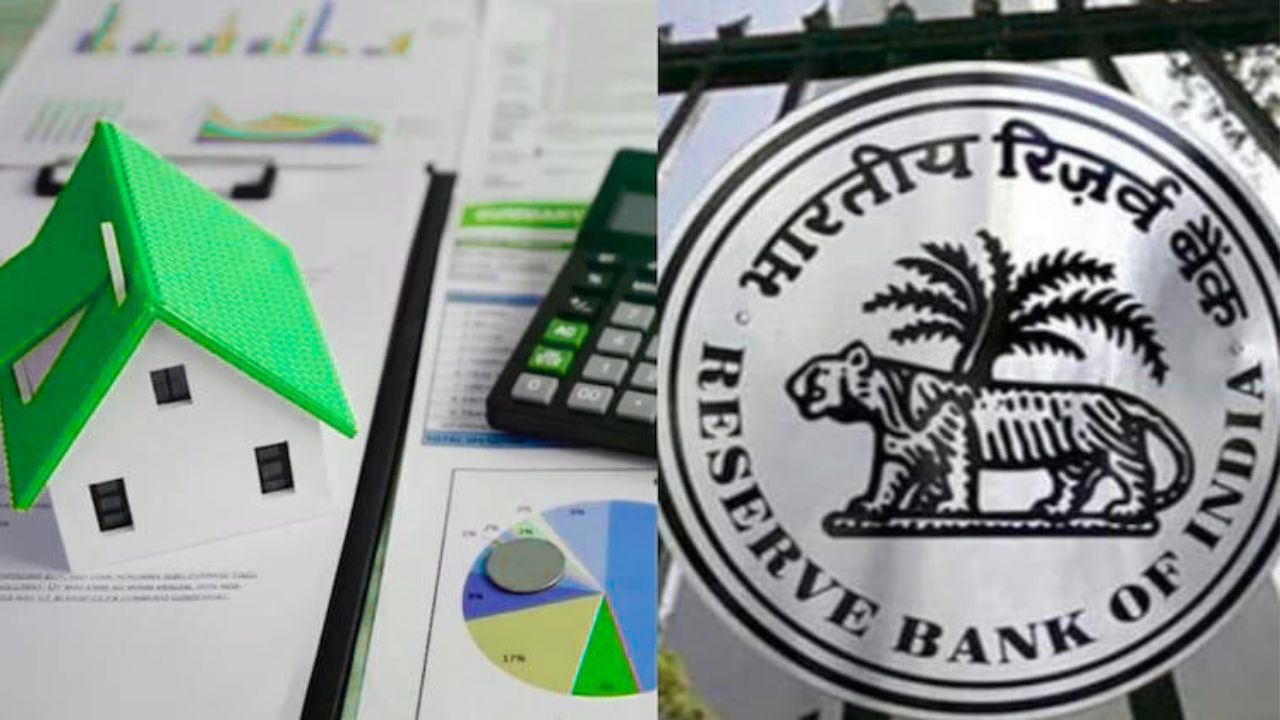The Reserve Bank of India (RBI) has recently made headlines by slashing the repo rate by 50 basis points, bringing it down to 5.50%. This significant move marks the third consecutive rate cut in 2025 and aims to stimulate economic growth while managing inflation. As this decision reverberates through the financial landscape, it is essential to understand its implications for both borrowers and savers.
Understanding the Repo Rate
The repo rate is the interest rate at which the RBI lends money to commercial banks. A reduction in this rate typically leads to lower borrowing costs for banks, which can then pass on these savings to consumers in the form of reduced interest rates on loans. This mechanism is crucial for stimulating economic activity, particularly in sectors reliant on credit.
The Impact on Borrowers
- Lower EMIs: With the repo rate cut, borrowers can expect a decrease in their equated monthly installments (EMIs) for home loans, personal loans, and auto loans. For instance, a ₹50 lakh home loan could see monthly payments drop significantly, making it more affordable for homeowners.
- Increased Accessibility: New borrowers will find it easier to secure loans at lower interest rates. This accessibility can encourage individuals to make significant purchases, such as homes or vehicles, thereby boosting consumer spending.
- Business Growth: Small businesses and startups stand to benefit from cheaper loans, allowing them to invest in expansion, hire more staff, or purchase new equipment. This can lead to job creation and a more robust economy.
The Ripple Effect on the Economy
The RBI’s decision to cut the repo rate is not just about individual borrowers; it has broader implications for the economy as a whole.
- Stimulating Demand: Lower interest rates typically lead to increased borrowing and spending, which can boost demand for goods and services. Sectors such as real estate and automobiles often see a surge in activity following a rate cut.
- Encouraging Investment: With cheaper loans, businesses are more likely to invest in growth initiatives, which can lead to higher productivity and economic expansion.
The Consequences for Savers
While borrowers may rejoice at the prospect of lower EMIs, savers are likely to feel the pinch.
- Declining Fixed Deposit Rates: As banks lower their lending rates, they are also expected to reduce interest rates on fixed deposits (FDs) and savings accounts. This means that individuals relying on interest income from their savings will see their returns diminish.
- Inflation Concerns: With inflation projected to remain around 4%, savers must ensure that their investments yield returns that outpace inflation. Otherwise, their purchasing power may erode over time.
- Investment Strategies: Savers may need to explore alternative investment options to secure better returns. This could include corporate bonds, mutual funds, or other financial instruments that offer higher yields compared to traditional savings accounts.
Strategies for Savers
To navigate this challenging environment, savers should consider the following strategies:
- Locking in Current Rates: If you are contemplating investing in fixed deposits, now may be the time to lock in current rates before they decline further.
- Diversifying Investments: Explore a mix of investment options, including equities, bonds, and mutual funds, to enhance potential returns while managing risk.
- Corporate Fixed Deposits: Consider investing in corporate fixed deposits, which may offer higher interest rates than traditional bank FDs, albeit with slightly higher risk.
The Role of the Cash Reserve Ratio (CRR)
In conjunction with the repo rate cut, the RBI also reduced the Cash Reserve Ratio (CRR) by 100 basis points. This move is designed to inject liquidity into the banking system, allowing banks to lend more freely.
Implications of the CRR Cut
- Increased Lending Capacity: By lowering the CRR, banks have more funds available to lend, which can further stimulate economic activity.
- Support for Key Sectors: The additional liquidity can be directed toward sectors that require financial support, such as small and medium enterprises (SMEs) and infrastructure projects.
- Market Reactions: Financial markets often respond positively to such measures, as they signal the central bank’s commitment to fostering growth. This can lead to increased investor confidence and a boost in stock prices.
Future Outlook: What Lies Ahead?
As the RBI shifts its policy stance from “accommodative” to “neutral,” the future of interest rates remains uncertain.
- Potential for Further Cuts: While the current environment suggests that further rate cuts may be limited, economists are divided on the likelihood of additional reductions in the coming months.
- Monitoring Economic Indicators: The RBI will closely monitor inflation and growth indicators to determine its next steps. If inflation remains under control and economic growth falters, the central bank may consider additional cuts.
- Long-Term Planning: Borrowers and savers alike should remain vigilant and adaptable in their financial strategies, as economic conditions can change rapidly.
Conclusion
The RBI’s recent decision to cut the repo rate by 50 basis points has far-reaching implications for both borrowers and savers. While borrowers can look forward to lower EMIs and increased access to credit, savers must navigate a landscape of declining interest rates and potential inflationary pressures. By understanding these dynamics and adjusting their financial strategies accordingly, individuals can better position themselves for success in this evolving economic environment.
In summary, the RBI’s actions serve as a reminder of the interconnectedness of monetary policy and personal finance. Whether you are borrowing to invest in your future or saving for a rainy day, staying informed and proactive is key to achieving your financial goals.

